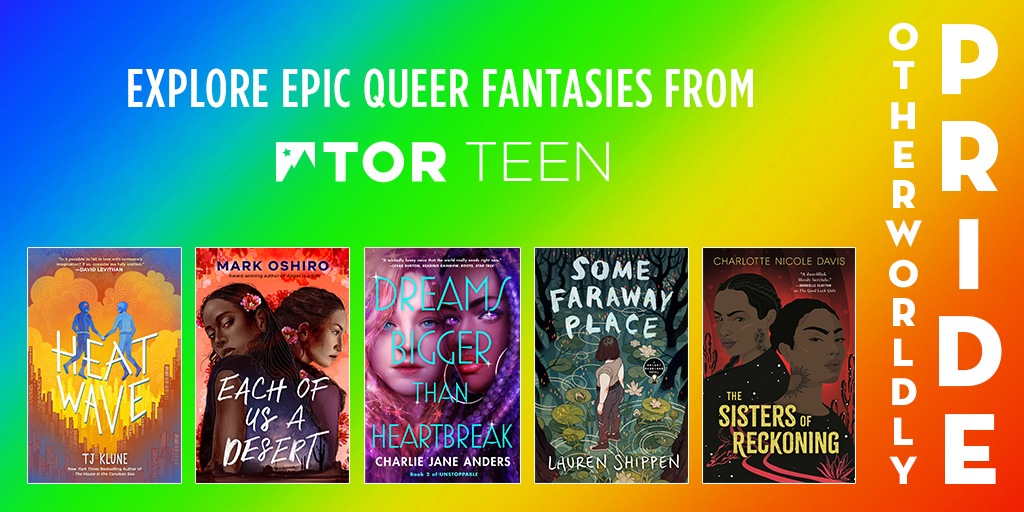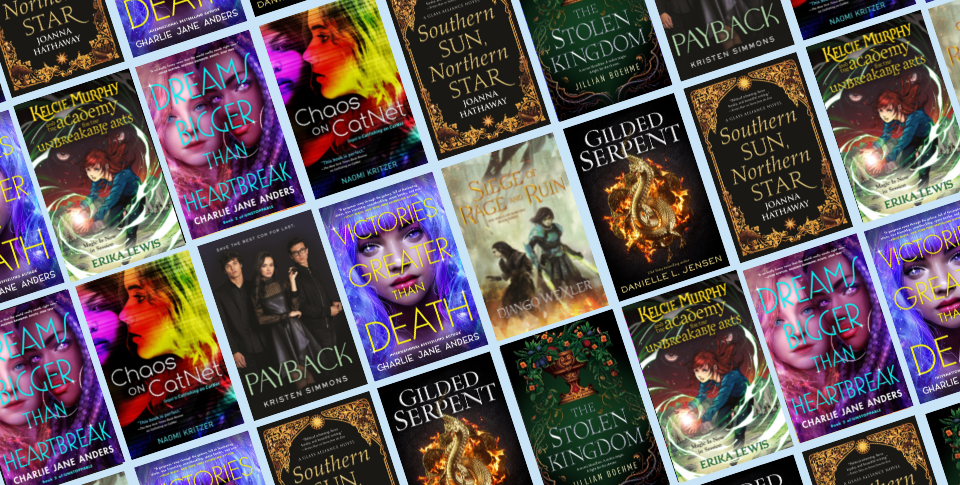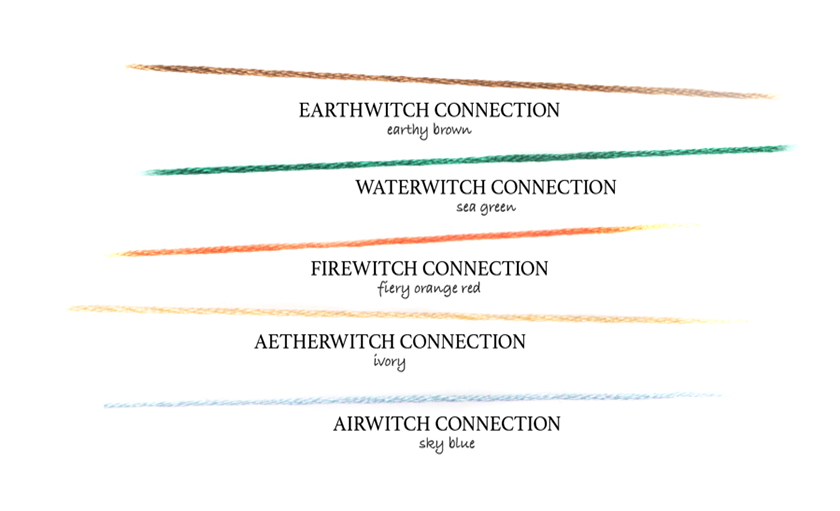
From Sightwitch: A Tale of the Witchlands© 2018 by Susan Dennard. Reprinted by permission from Tor/Forge Books, a division of Macmillan Publishing Group, LLC.
By Anett det Korelli*
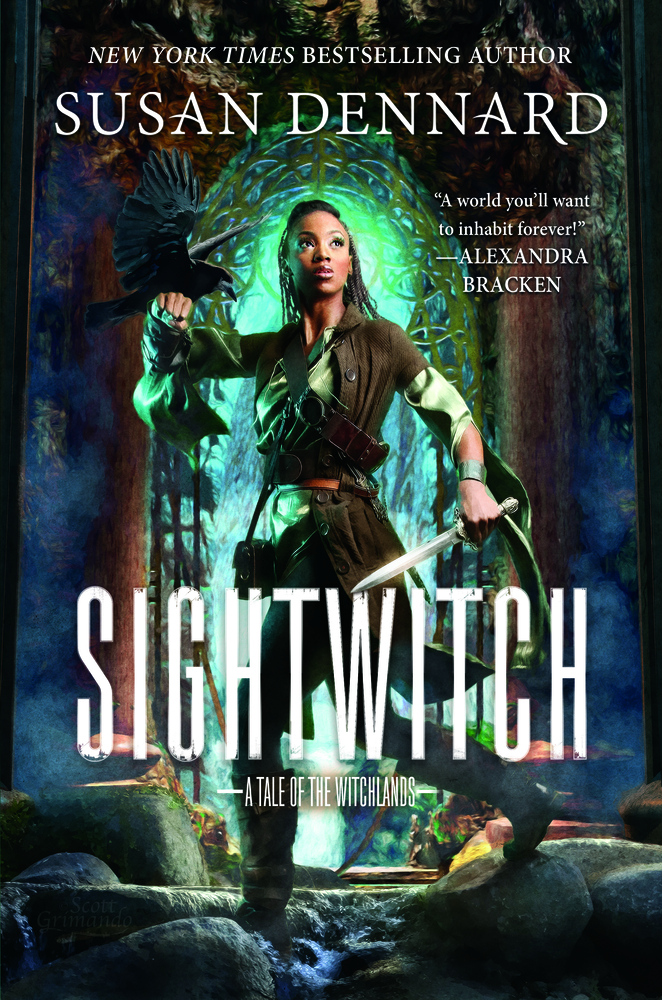 No one contests that Threads exist, yet people both live by them and fear them. Terms like “Threadbrother” and “Heart-thread” are found in all languages of the Witchlands and were used long before the No’Amatsi people reached this continent.
No one contests that Threads exist, yet people both live by them and fear them. Terms like “Threadbrother” and “Heart-thread” are found in all languages of the Witchlands and were used long before the No’Amatsi people reached this continent.
Threadwitches, however, did not appear in the Witchlands until the No’Amatsis’ arrival, and at that time, a Threadwitch’s ability to bind magic to stones was a learned skill—not an inborn power. On the Fareastern continent from which the No’Amatsis originally hailed, magic was not exclusive to the Twelve Paladins (as it was in the Witchlands), and such power could be accessed by anyone with sufficient training.
It was the unique ability of Threadwitches to create magic stones that led to the first hints of mistrust between native Witchlanders and the No’Amatsi tribes. Though ethnic and racial tensions have always existed in the Witchlands, such clashes worsened when the Paladins’ reign ended and magic spread through the continent. It was also at this time that Threadwitchery changed into the form we know and use today and that the No’Amatsis were fully ostracized from society.
That newer power combined with the old ways from the Fareast has led to a rich tapestry of methodologies. Dating back to the earliest Threadstone master, Valya det Arlenni, we begin with the simplest method of fastening Threads to stones: the Arlenni Loop.
HISTORY OF THREADS
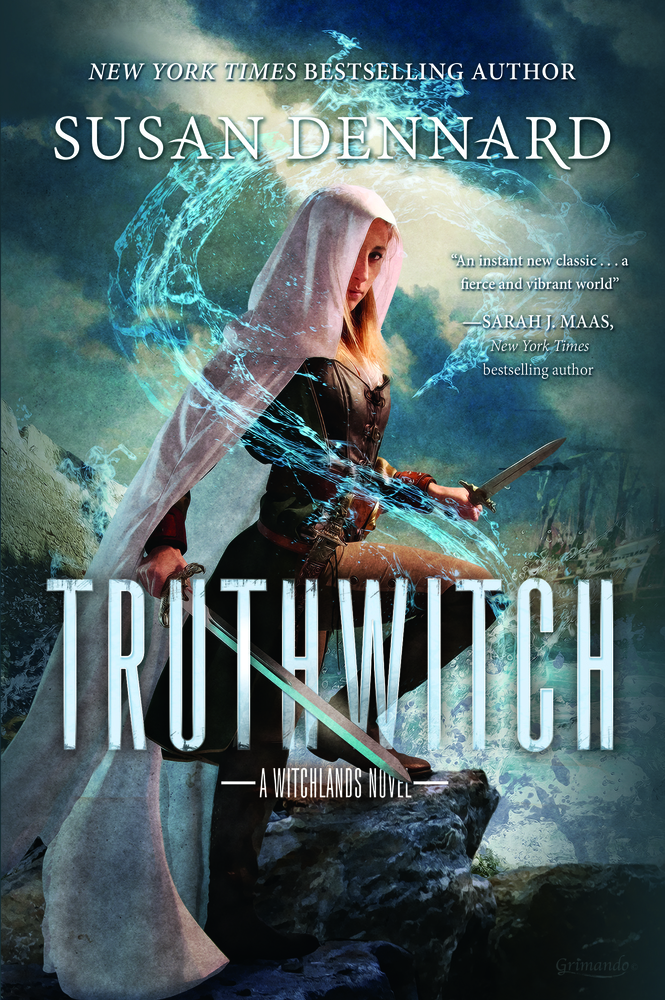 To learn how to manipulate Threads, one must first understand what Threads are. They are soul; they are aether; they are the essence of both the living and the non. According to the Nomatsi people, they are a gift from the Moon Mother a direct connection to Her life force that weaves through us all.
To learn how to manipulate Threads, one must first understand what Threads are. They are soul; they are aether; they are the essence of both the living and the non. According to the Nomatsi people, they are a gift from the Moon Mother a direct connection to Her life force that weaves through us all.
No matter one’s personal beliefs, on the fareastern continent, all magic is based on Threads, specifically on finding a connection to the world’s Threads and manipulating them according to one’s will. It takes years of focused practice to learn to sense the world’s Threads, much less learn to touch them, then many more years beyond that to learn how to bind Threads to stones so that others may use the magic as well.
As one might imagine, such magic is often confined to the wealthiest echelons of society, to those who can afford to train under the great masters or in the elite schools. However, for the original Nomatsi people, this ability was always available to all. The matriarch of each tribe taught any who came to her, and as such, Nomatsi life on the great northern plains of the Fareast was rife with magic and a connection to the Goddess’s earth.
War, however, forced the Nomatsis to flee west. So many people with magic caught the attention of expanding, imperialistic nations, and by the thousands, those nations enslaved the Nomatsi people. Thus it was that the Nomatsis came to the Witchlands.
It took a year of travel before they arrived, and though they found safety initially, it was short-lived. They had brought with them their magic, and in the Witchlands, only the Paladins held magic. When the Paladins’ reign eventually ended and magic morphed into the various elemental witcheries we know today, magic also changed for the Nomatsi people.
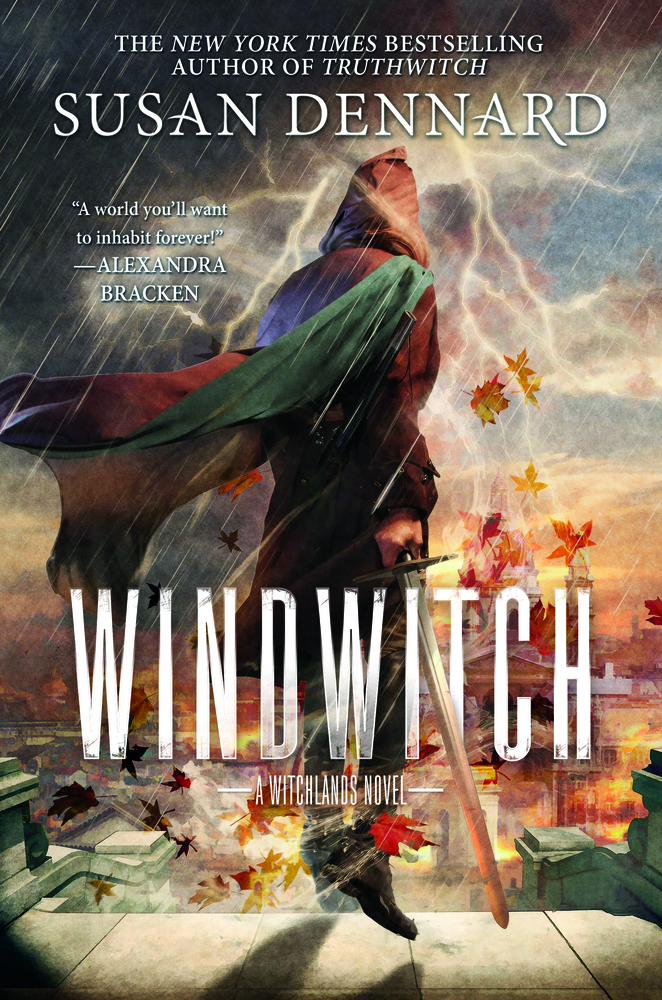 No longer could all Nomatsis with training access and sense Threads; now, only a select few were born with such power. And these special Threadwitches could not sense all the Threads of the world, but rather they could sense only human Threads the emotional ties that bind, build, and break.
No longer could all Nomatsis with training access and sense Threads; now, only a select few were born with such power. And these special Threadwitches could not sense all the Threads of the world, but rather they could sense only human Threads the emotional ties that bind, build, and break.
Perhaps the greatest change of all, though, was the newfound ability to see Threads. In the past, they had been able to only sense them; now, the Nomatsi Threadwitches could see any and all Threads connected to humanity. This opened up new possibilities for the binding of Threads to stones, but it also heightened the mistrust between native Witchlanders and the Nomatsis.
Magic might have spread across the continent, but only a Threadwitch could see what a person felt at any moment. When there can be no secrets or privacy, fear breeds.
CATEGORIES AND USES OF THREADS
When Threadwitchery came into existence, the first Threadwitches set out to catalog and categorize the human Threads they could now see. What they found were three primary categories: binding, building, and breaking.
Binding Threads are what connect one person to another, from the Threads that connect a mother to her child to the Threads between best friends.
It is these Threads that Threadwitches are able to bind to stones, which we will address in a later chapter.
Building Threads are the emotions that a person feels at any moment. These are the Threads that might one day build into bonds between people but have yet to actually do so.
When Threads do grow strong enough to form a bond, then Threadwitches will see them extending off a person and reaching toward another.
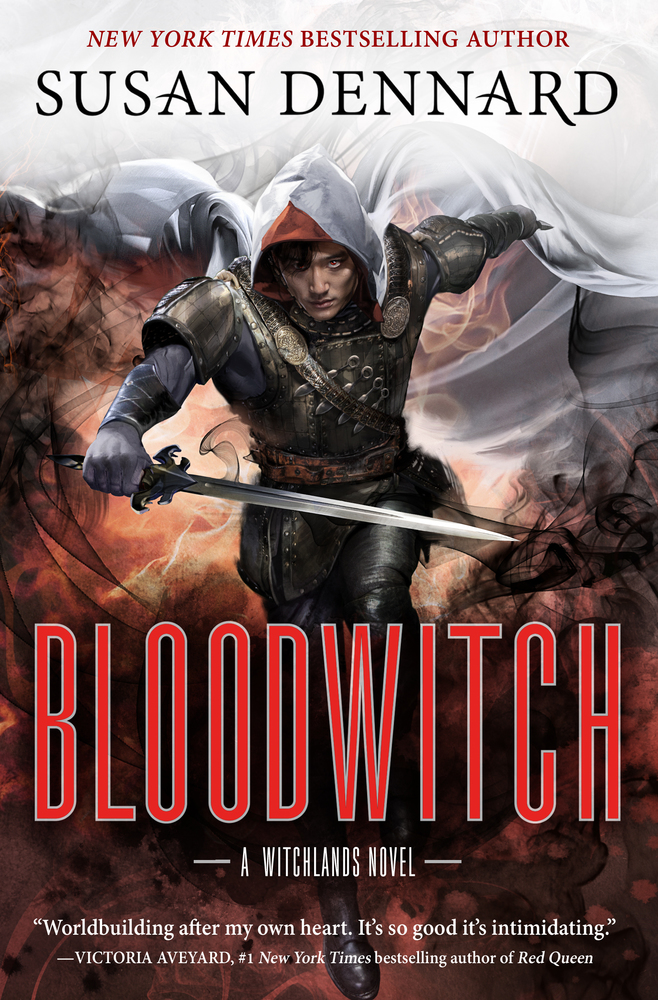 Building Threads are the most important for a Threadwitch to study, for they are the basis of all human interaction and choice. People are driven by their feelings, so learning to recognize, understand, and even predict such feelings is where true power lies.
Building Threads are the most important for a Threadwitch to study, for they are the basis of all human interaction and choice. People are driven by their feelings, so learning to recognize, understand, and even predict such feelings is where true power lies.
A rough list of Thread colors is at the end of this chapter, but it is important to remember that this list is neither exhaustive nor fully accurate. Many people feel multiple emotions at once often contradictory ones and not all people react the same to all situations. A Threadwitch must learn to recognize nuance.
Breaking Threads are the result of an ending relationship. To a Threadwitch’s eyes, they will look as if the Threads that bind are shriveling inward. No longer will the Threads connect to another person, but instead, the Threads will slowly shrink back into their owner, eventually to vanish entirely.
THREAD COLORS
The following is a list of Thread colors and their corresponding emotions, but again, there is great variety and contradiction in human emotion, and true mastery of Thread magic lies in understanding this nuance.

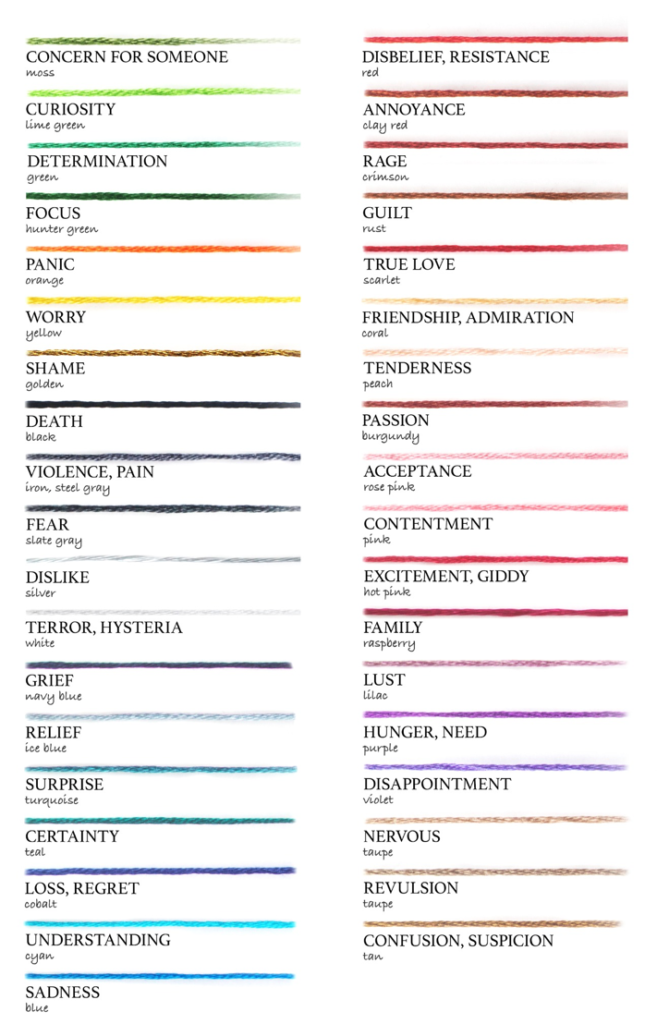
*The hardback edition of Sightwitch incorrectly names the author of this piece as Anett det Vergedi. This has been changed in subsequent reissues and printings.
